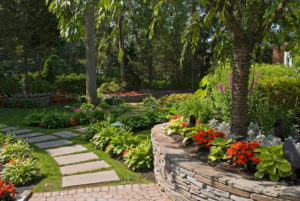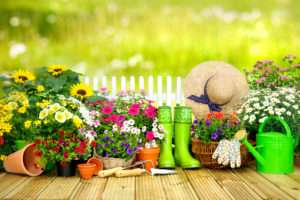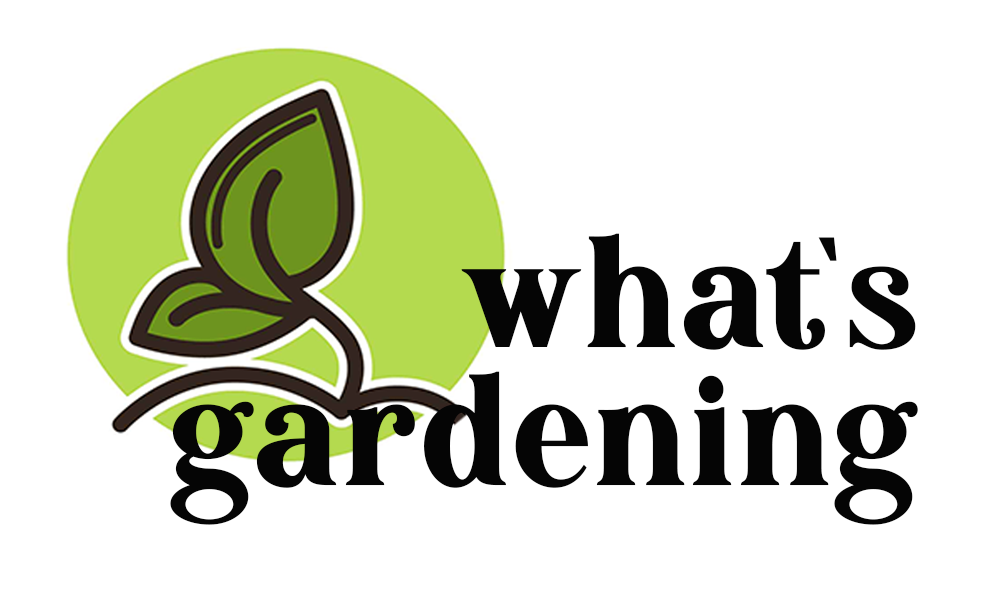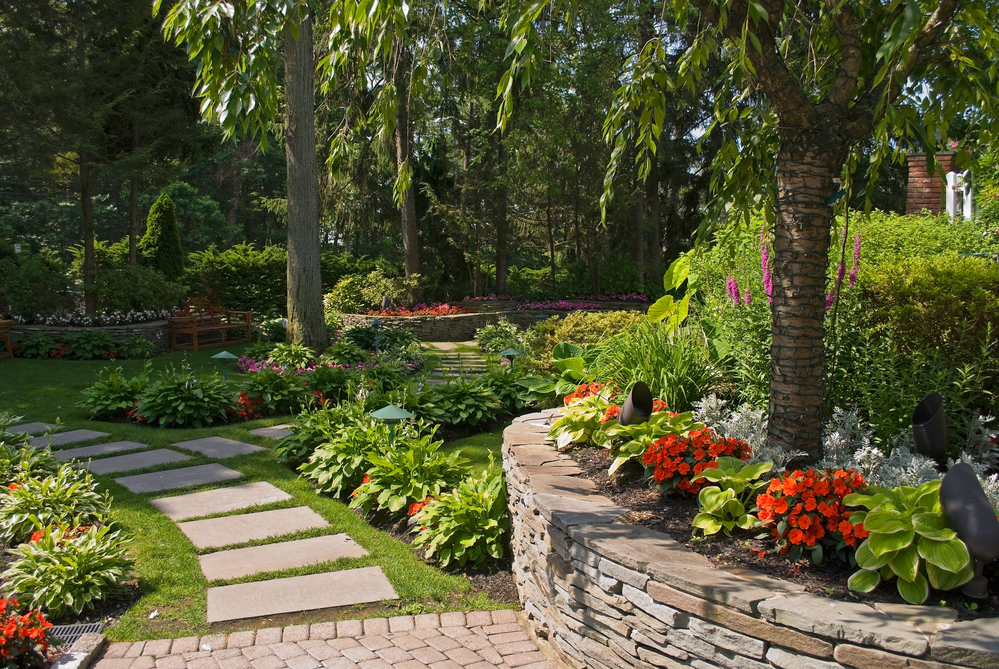Longer days and warmer weather make us think about going outside, whether it is for entertaining family and friends or simply relaxing and getting lost in our thoughts. There are many outdoor living spaces that are worthy of imitating. What if you don’t know what a fig tree is?
If you want a nice backyard but are intimidated by the idea of spending a lot of time, money and energy to get it, take heart. People who aren’t good with plants and landscaping can have an outdoor space that’s good for entertaining, all with a little DIY backyard landscaping. There are two main elements to creating a comfortable, low-maintenance yard: durable hardscaping that will stand up to the elements, and plants that don’t require much watering, pruning or skill to keep them looking good.
Here are some basic guidelines for designing an outdoor area that doesn’t require much upkeep or money.
Establishing the area where you will be doing your outdoor living is the first step.
The owner and landscape designer near me at Hawthorne Garden Design in D.C. says to figure out how you want to use your outdoor space. Are you having drinks? Is it a place where you cook and eat? Do you want a fire pit? How many rooms do you want?
 A classic layout for city dwellers is a centered patio surrounded by a plant border. Suburban homeowners with a larger yard should think about where to relax, where to entertain, and where to have a grassy area for children. A patio off to the side will make the yard look bigger and give children more space to play.
A classic layout for city dwellers is a centered patio surrounded by a plant border. Suburban homeowners with a larger yard should think about where to relax, where to entertain, and where to have a grassy area for children. A patio off to the side will make the yard look bigger and give children more space to play.
One of the cheapest hardscaping materials and perhaps the easiest DIY landscaping project that adds tons of value for its buck, is mulch. Belt suggests having a small firepit with a circular mulch pad around a stone perimeter to help define the space.
When it comes to DIY backyard landscaping on a budget, concrete pavers and pea gravel are budget-friendly materials you can use to make a patio. Before you put down pea gravel, make sure to lay heavy-duty landscaping fabric. Next, nestle steppingstones among the rocks. If loose pebbles are a concern, a glue can be applied to keep them from scattering. Natural materials such as Pennsylvania flagstone are more expensive than poured concrete.
A stone patio set in sand is a more permanent option. It is more expensive than other materials, but it will stand the test of time. Hugh Perry, a landscape designer and horticulturist with Meadows Farms in the D.C. area, says that it can be repaired. Masonry, such as brick, flagstone, travertine or granite, can be found.
Consider how hardscaping will hold up with precipitation. Belt says to think about what it would be like if you had to shovel. A gravel pathway is great, but you can’t shovel it after a big snow.
Best Plants for DIY Backyard Landscaping
 If you want plants that do well in the hot summers and heavy rains of the Mid-Atlantic, look for plants that don’t need much maintenance.
If you want plants that do well in the hot summers and heavy rains of the Mid-Atlantic, look for plants that don’t need much maintenance.
To understand how much upkeep a plant requires, it is advisable to research plant size, rate and direction. Selecting plants that need to be trimmed once a year is a suggestion made by Perry, who says you want to think about how this thing is moving through time.
It is best to keep everything simple and focus on a few types of planting. More plant variety leads to more work. People who get into plants are like kids in a candy store. They are buying too many plants.
A large group of plants will help suppress weeds. This makes the look more dramatic. You get the cherry blossom effect. It is high-impact. A well-composed garden is the foundation of this less-is-more approach.
Plan for four seasons of interest to keep your yard looking good. One-quarter of your plantings should be in their prime each season. A small yard with 12 plants has three plants dedicated to spring, summer, fall and winter.
Belt says around one-third of plantings should be structural plants. The bones of the garden will be present year-round. You can layer plants with different heights and colors. She says that you may end up with a bunch of plants lined up.
Big blooms at the nursery are not a good idea because flowers are only present for a short time. Take a look at the plant’s shape and foliage. It is best to focus on colorful leaves, sculptural stems and berries when it is cold.
You should be aware of the differences between native and nonnative species. When it comes to plants, a certain amount of aggressiveness is good. Beware of plants that are not native to the region, such as purple loosestrife, autumn olive, Norway maple, tree of heaven and Kudzu vines. They push out native species, disrupting the local environment. Many nonnative plants are beneficial for erosion control, but they don’t provide food for local birds like their native counterparts.
Being native doesn’t mean it’s a better plant, but we caution against it.
The following plants are recommended for a low-maintenance outdoor space in the Mid-Atlantic.
The eastern redbud is a plant.
The dogwood is flowering in Florida.
The dogwood is called Kousa kousa.
Amelanchier canadensis is also known as Serviceberry.
The Prunus x yedoensis is a cherry.
Arrowwood viburnum is also known as viburnum dentatum.
Carex.
Coneflower is a plant of the Echinacea family.
There is a Marginal wood fern.
The river is named afterBetula nigra.
There is a smooth hydrangea.
Summersweet is a plant.
Magnolia virginiana is also known as Sweetbay magnolia.
Acer rubrum is a red maple.
There is a plant called Oakleaf hydrangea.
Aster divaricatus is a white wood aster.
The goldenrod is Wrinkleleaf.
The dogwood is red osier.
The winterberry is called Ilex verticillata.
There is witch hazel as well.
If you are thinking about sprucing up your backyard this spring, save some money and consider a DIY backyard landscaping project that will add value and beauty to your home!

